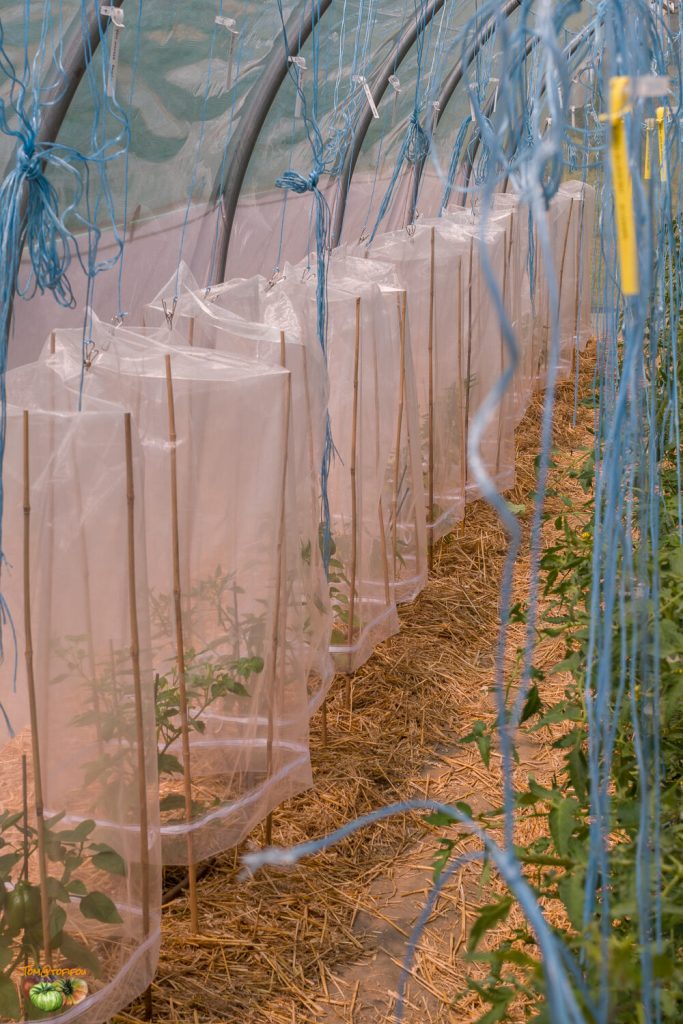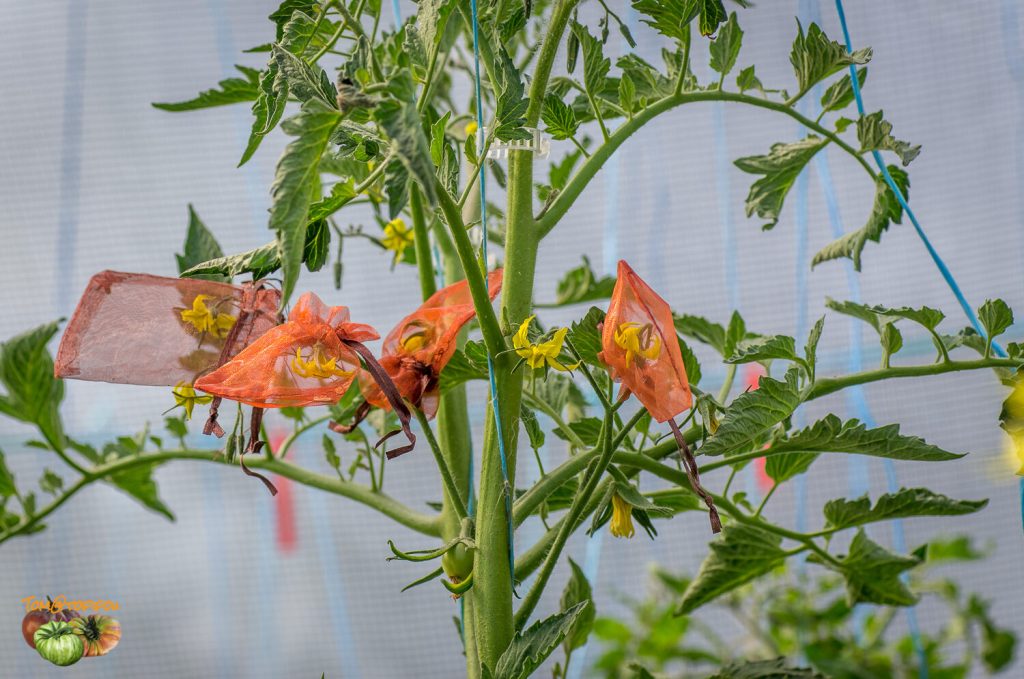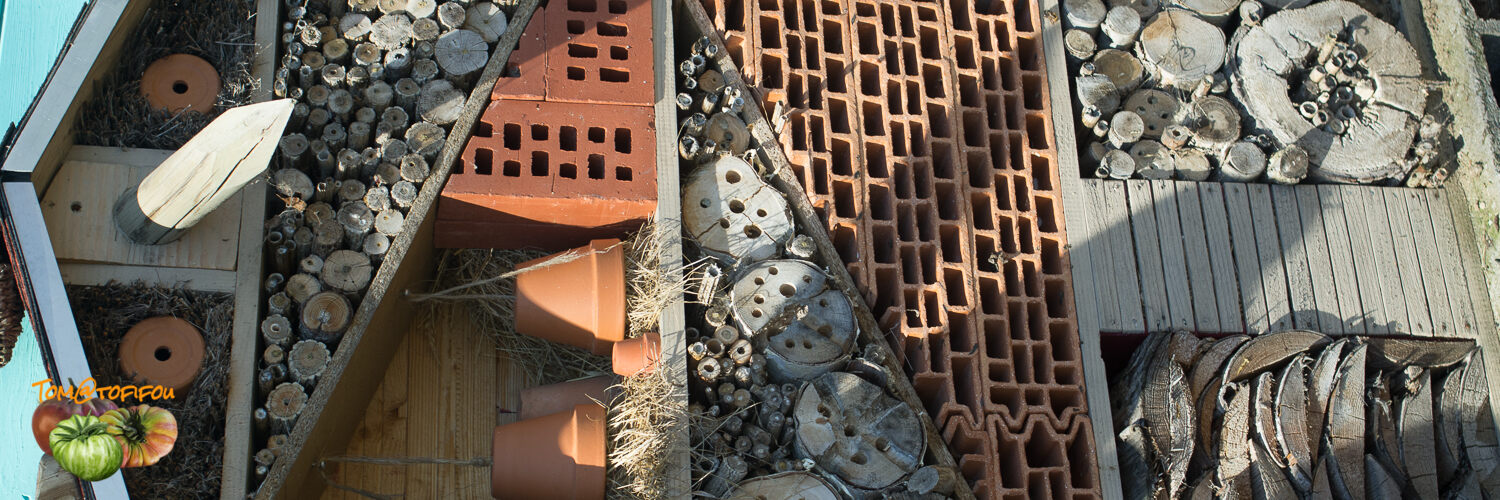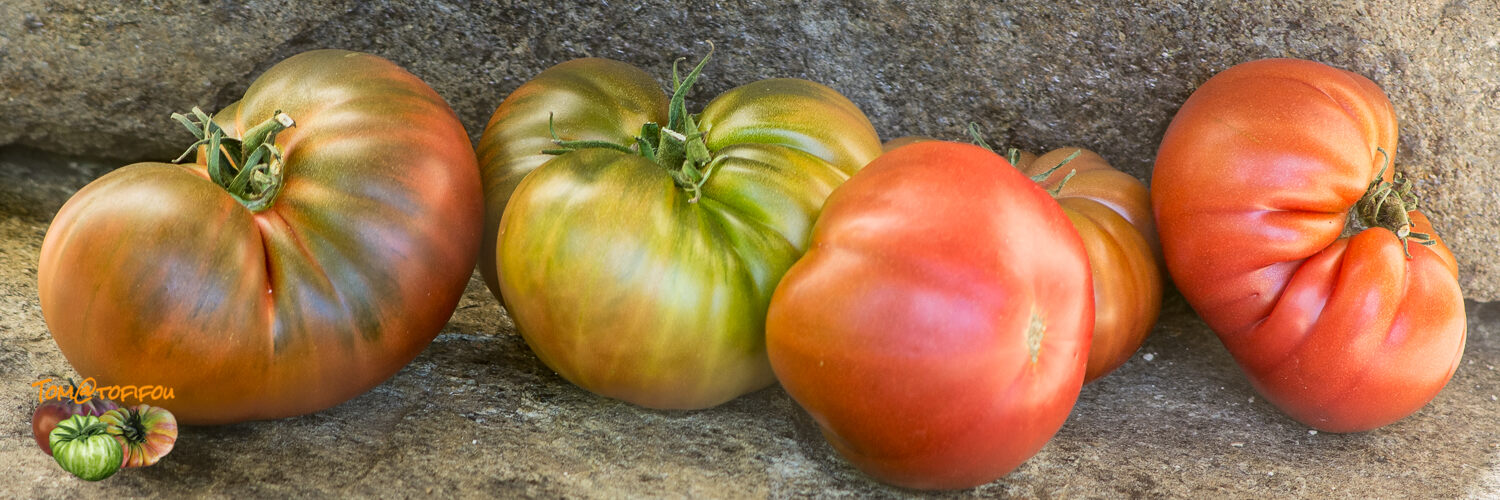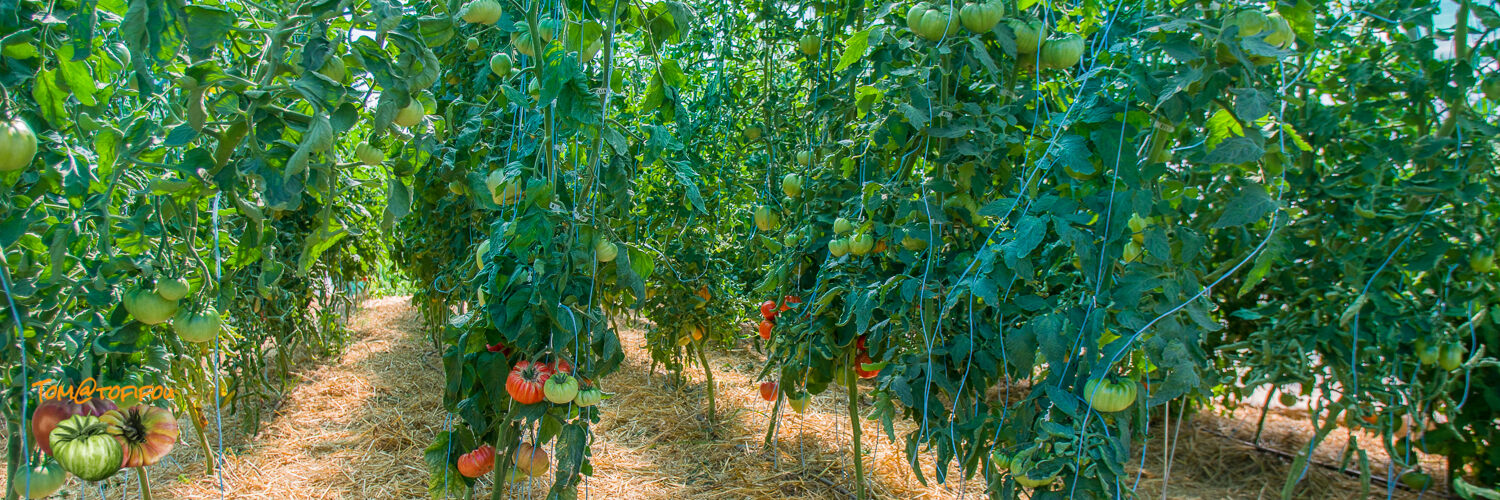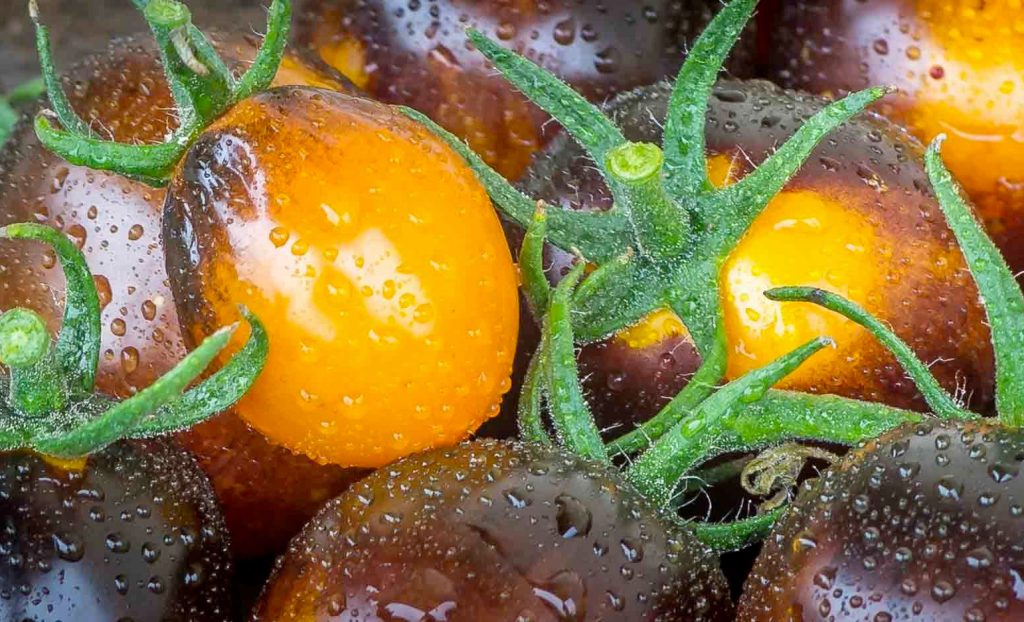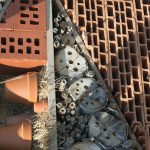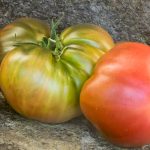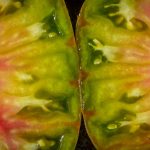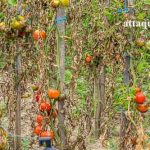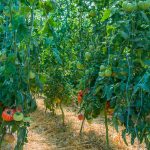
General:
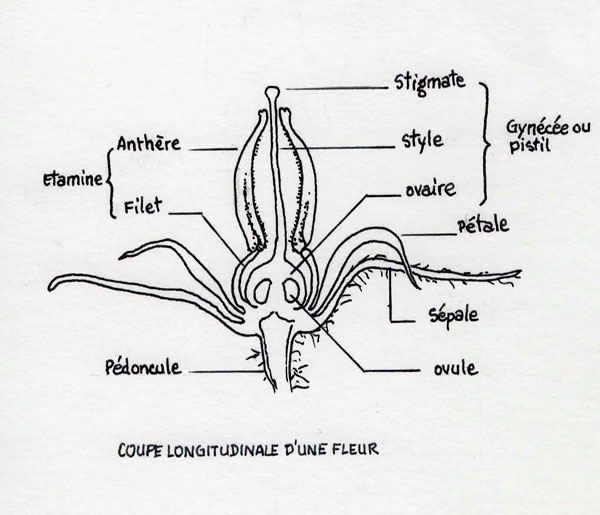
Pollination is the preferred mode of reproduction of angiosperm and gymnosperm plants. It is the process of transporting a pollen grain from the stamens (male organ) to the stigma (female organ).
This process is carried out either by cross-fertilization or Allogamy (pollen from one flower is deposited on the stigmas of another flower of the same species, a process that most often involves a pollinating insect such as the bee). The pollen grain has to "dig" a small tunnel to arrive, via a pollen tube, in the ovary that contains the ovule, to make fertilization possible. This is one of the ecosystem services (notion of mutualism) rendered by biodiversity and is paramount for agriculture.
Most plants being hermaphroditic, one might think that autogamy is the simplest solution to reproduction for them. However, in many cases, they do everything to avoid this type of pollination, which certainly ensures the continuity and stability of the race, but at the price of an impoverishment comparable to endogamy in humans. It is thought in particular that self-pollinating plants would be unable to adapt to new conditions, created for example by climatic changes. The allogamous strategy can take various forms. It should be noted, however, that many flowers , for security reasons, practice both fertilization strategies, while others, apparently increasingly numerous, are exclusively self-pollinating.
.
The androecium is the male part of the flower, that is, the set of stamens. The stamen includes the anther, where the pollen grains are located, and the netting, which happens to be the support, the lower part of the ntherea. Its opposite is the pistil for the female part of the flower. The number of stamens varies according to plant families, this, as well as the arrangement and color of the androecium are criteria for determining the species of flowering plants.
Specificities in Solanaceae:
Vibral pollination, or sonication, is the vibration technique employed by some Hymenoptera (bees, bumblebees etc.) to collect pollen which is more or less firmly retained by the anthers, which has the effect of making pollination more efficient. In plant species affected by this type of pollination, the anther is generally tubular, with an opening at only one end, the pollen, with smooth and firmly attached grains, being inside. In self-fertile plants like the tomato, the wind may be enough to release the pollen through the pores of the anther and thus accomplish pollination. The passage of bees can also release some pollen. However, the most effective pollination is the fact of a few species specialized in pollination by vibrations. To release the pollen, the bumblebee 'Bombus terrestris" which is bred for this purpose, and some solitary bees (syrphid flies), are able to grasp the flowers and move the muscles of flight rapidly, causing the entire flower and anthers to vibrate, thereby moving the pollen. This resonant vibration constitutes vibratory pollination. flowers have been shown to be more effective than mechanical methods.
Specific characteristics of the Tomato:
The tomato stigma becomes receptive a day before the flower blooms, with pollen not beginning to shed until later. The stigma remains receptive and the pollen continues to spread as long as the flower is open, depending on weather and other conditions this can vary from a day to a week. The preferred mode of reproduction is autogamy; many heirloom varieties as well as those that have inherited the gene from Lycopersicon pimpinellifolium (one of the nine known species, which originates from Peru and is also called "currant tomato") and other wild species have a pistil that emerges from the cone of stamens which results in being exposed to foraging insects and therefore more likely to be crossed. On the contrary, modern species, hybrids, have a pistil not exceeding the androecium. The anthers are located on the inner surface of the cone, and the pollen spreads inside; moreover, the flowers being turned towards the ground by gravity, the pollen falls on the stigma, thus generating self-fertilization. It should be noted that some flowers that have the stigma protruding from the stamen tube will not automatically induce allogamous fertilization for this the stigma must be receptive when it emerges from the stamine tube and often the pollination period is complete; observation of the stigma when the flower is not yet fully open will provide us with a precise indication, if it is not visible fertilization will be autogaming, on the other hand if it immerses the fertilization could beallogam.
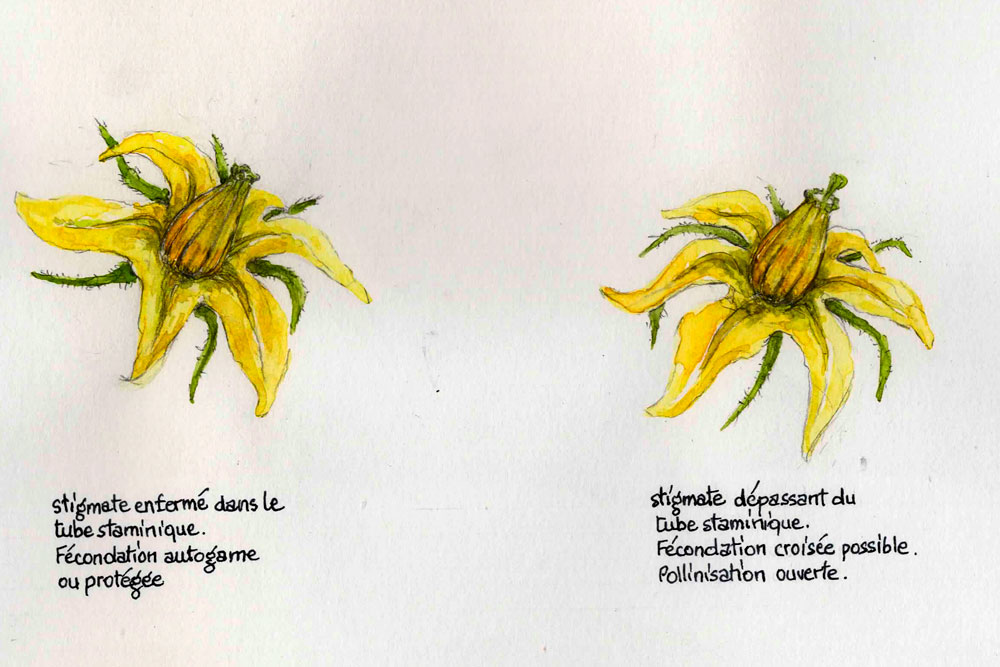
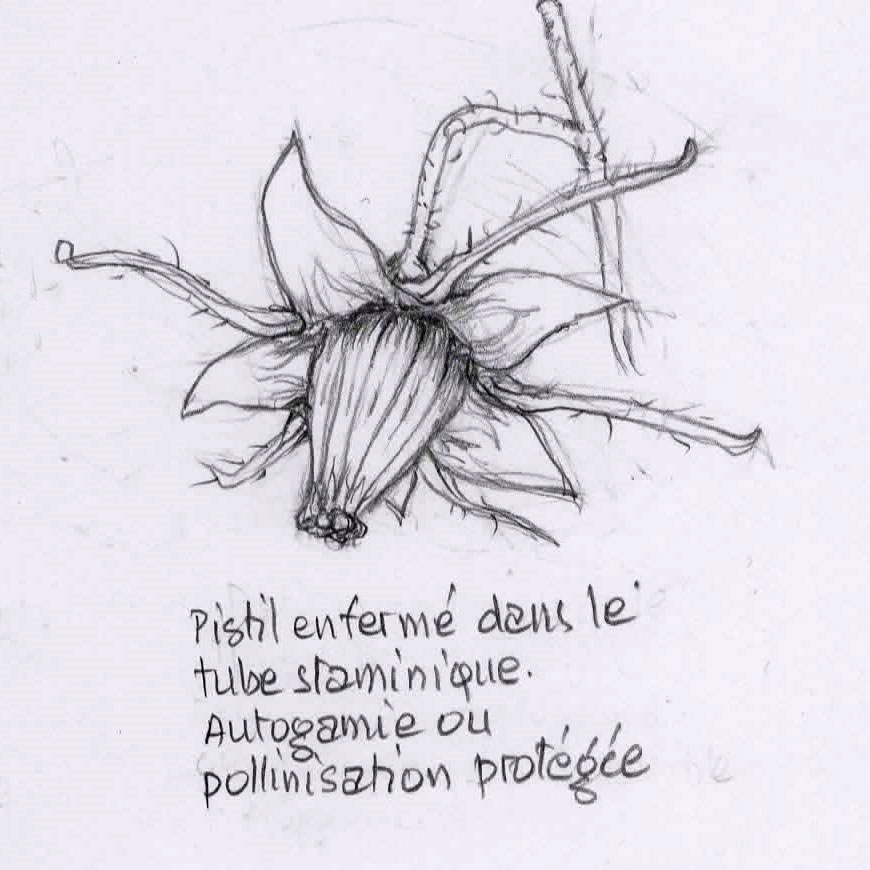
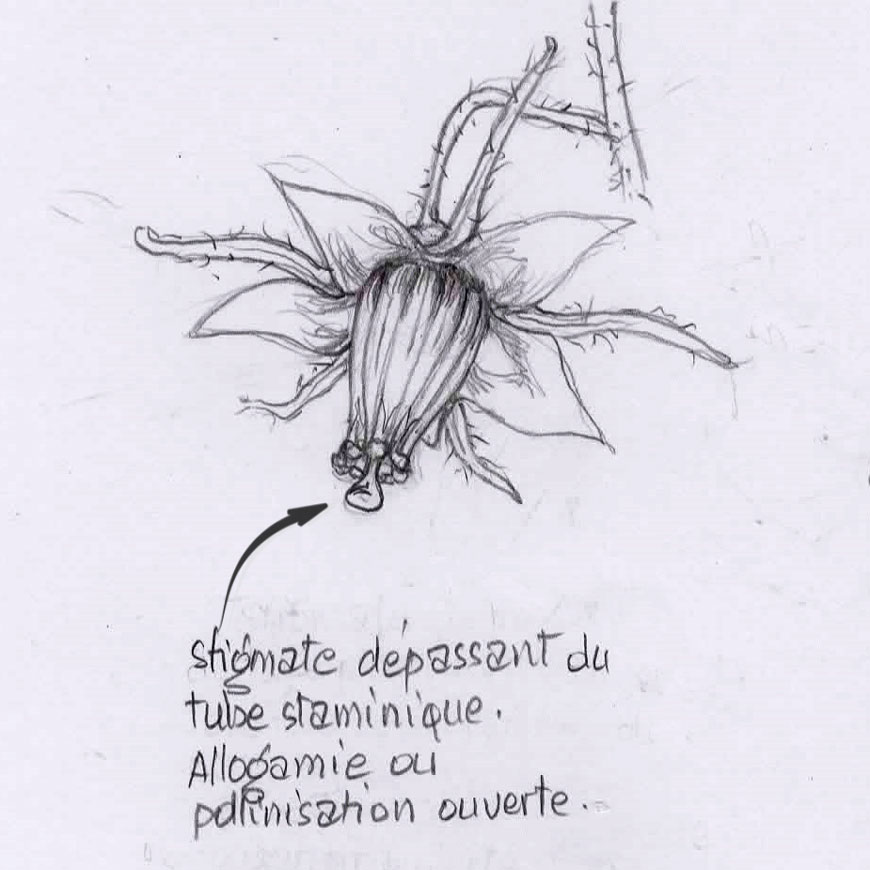
Most of the time tomato flowers do not attract foraging insects and this is especially true since other sources of pollen are more readily available. However, some varieties are visited by insects. Moreover, it has been established that in certain environments, aphids and whiteflies are very efficient pollinating vectors. Finally, air movements around the flower can intensify self-fertilization, however their roles in cross-fertilization remain at a very low or even insignificant level.
.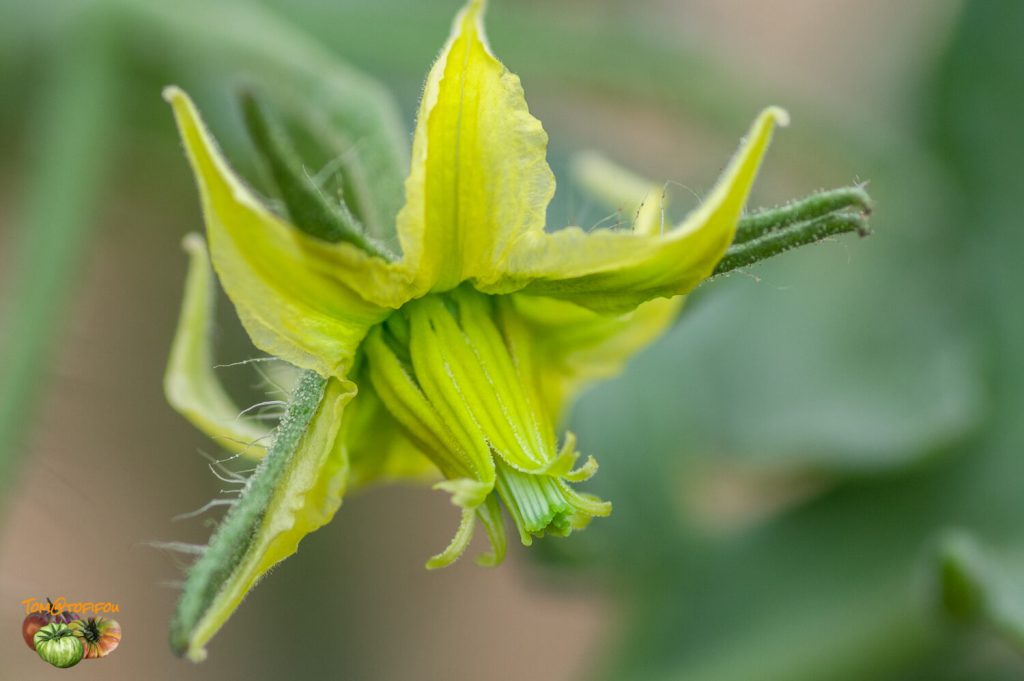
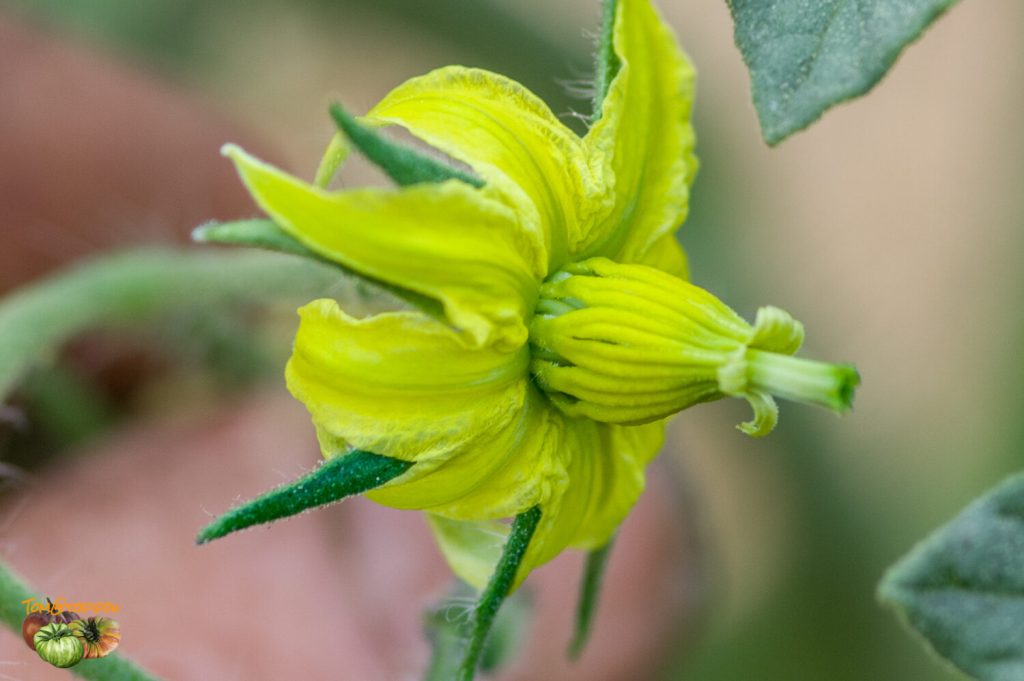
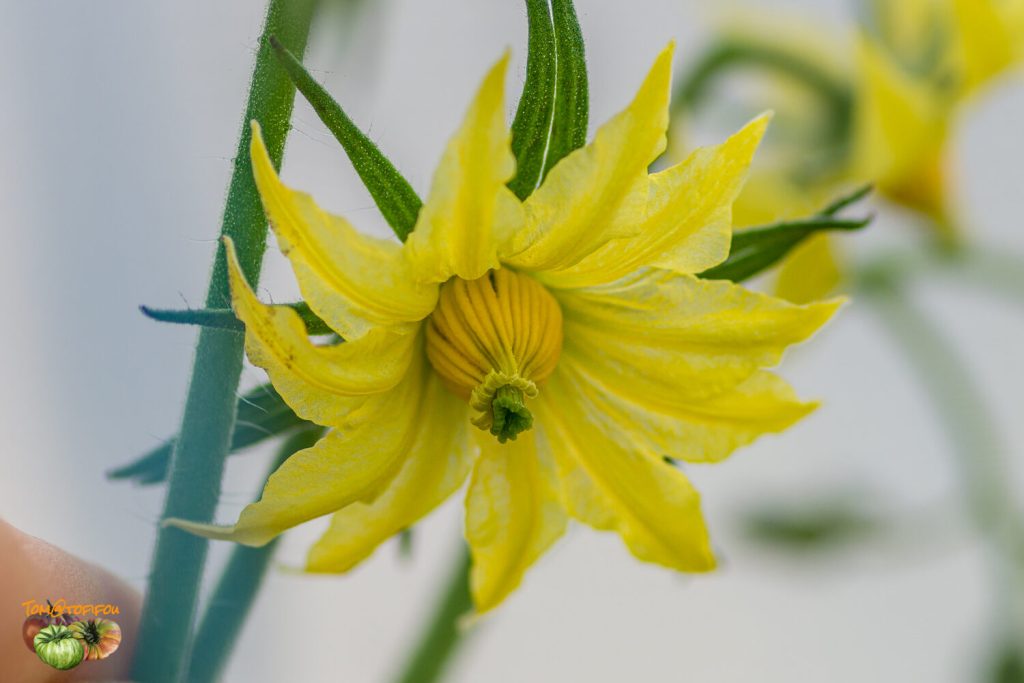
examples of cross-pollination flowers
In conclusion, it can be estimated that in temperate zones the rate of natural hybridizations is between 2 to 5%; on the other hand in sensitive zones such as tropical regions this percentage rises strongly to reach the range of 12% to 47%. It should be noted that studies have shown that the hotter and more humid the climate, the more the style tends to lengthen, which would be due to the solar intensity, the length of days and the carbon/nitrogen ratio (source:Le jardin tropical du Professeur Messiaen )
If one wishes to protect the varietal purity of a species, it is strongly advised to protect the selected flowers from a possible natural hybridization, all the more so if the rate of inbreeding is high. We will use a tulle veil bag or, for the most meticulous (his), we will practice a ligature on the flowers before they bloom in order to force self-fertilization. When the flowers have faded or the fruits have formed, the protective veil can then be removed, taking care to identify the fruit which will be used to collect the seed. It should be noted that the designation "OP", which comes in opposition to the designation Hybrid, means in English "open pollinated" (open pollination) which contrary to what one might believe does not mean that the variety is of fertilization allogamous. This characterizes a variety which is said to be fixed (that is to say that if it is sown we will find the same characteristics: taste, size, color etc...). From a genetic point of view this means that the variety is homozygous so that it reproduces identically. Hybrid varieties are unstable and therefore unfixed varieties which give a very varied offspring. They are generally obtained either by artificial fertilization (crossing two varieties chosen for their specific characteristics), more rarely by allogamous fertilization. From a genetic point of view this hybrid is heterozygous therefore its reproduction, even autogamous, will be varied due to the infinite recombination of the characteristics of its parents. It is important to remember that a fixed variety was initially a hybrid, which by successive selections, which can be spread over several years or even ten, ends up reproducing its properties (taste, shape, color etc.) one year to another, then we say the fixed variety. This means that all the so-called old varieties are all hybrids because they all come from the genus Lycopersicon which includes 9 known species including Lycopersicon lycopersicum (the tomato), Lycopersicon peruvvianum (species containing the most vitamin C, resistant to disease and drought), Lycopersicon pimpinellifolium (currant tomato species resistant to a large number of diseases), Lycopersicon cheesmanii (species resistant to sea water), Lycopersicon hirsutum (species native to the Peruvian highlands therefore adapted to cultivation at altitude and low temperatures, resistant to insects and possessing high beta-carotene content), Lycopersicon parviflorum (species characterized by intense color and high dry matter content), Lycopersicon chilense (drought resistant), Lycopersicon chmielewskii (high sugar content) and Ly copersicon pennelii (drought resistant and high in vitamins A and C), all these little people have hybridized, thus combining their characteristic genes to give us today several thousand different varieties of tomato. This amounts to saying that a hybridized variety, voluntarily or accidentally, is not necessarily bad, since the "manipulated" genes (properties) exist and are specific to these varieties, which is not the case with GMOs or the we bring additional genes that do not exist in the said variety, and there we play "the sorcerer's apprentice" because these genes do not always stay where we put them...... but that is another debate! p>
